The Ultimate Guide to Air Plants on Driftwood
POSTED ON April 16, 2024
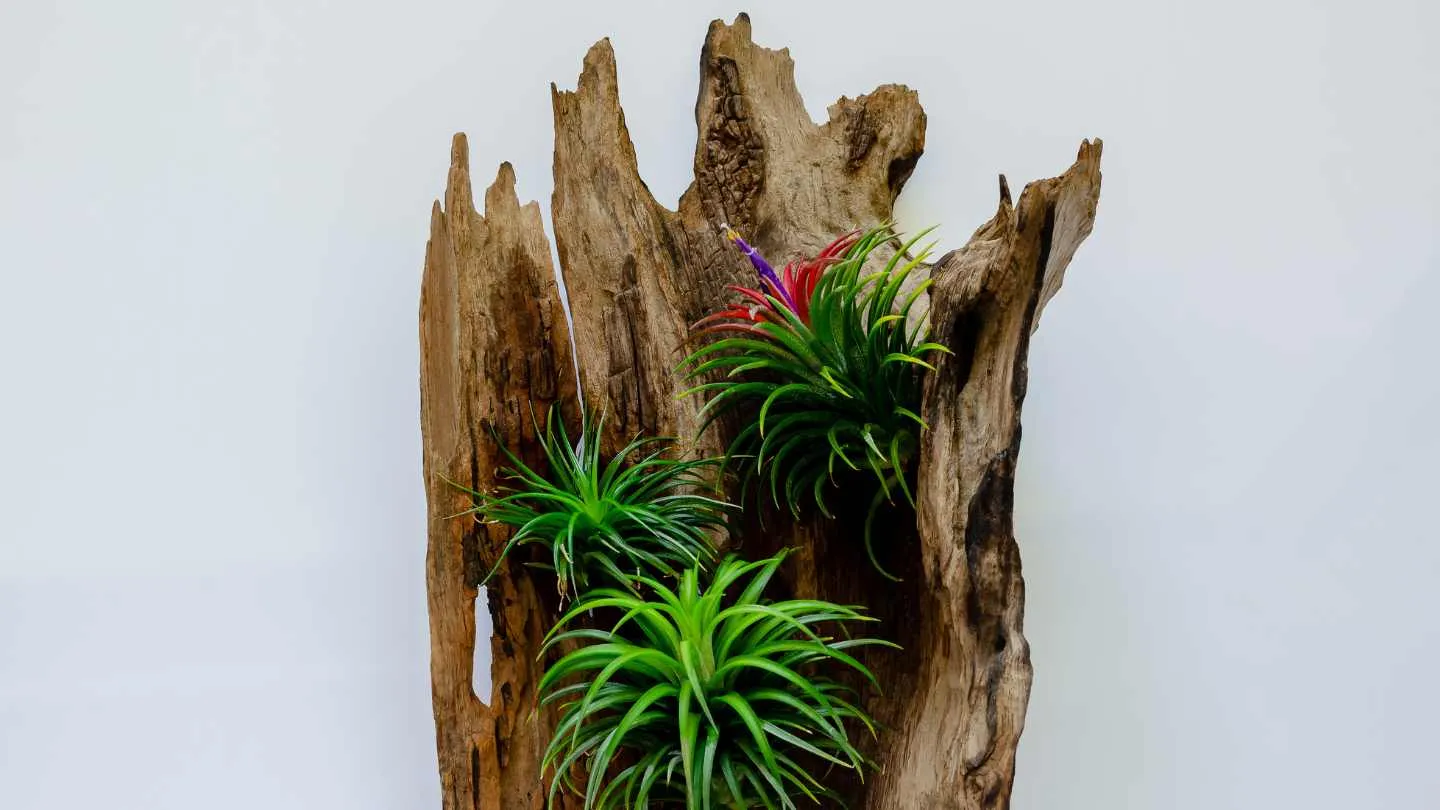
Isn't it cool to see an air plant mounted on driftwood, right? But did you know that you can do it easily? With the right information and guide on how to do it, you will be equipped to create a unique and low-maintenance decor. From tips for selecting healthy air plants to how to take care of them, we've got you covered! Including growing succulents in driftwood too.
Before discussing tips on how to plant air plants on driftwood, let's first define air plants.
What is Air Plants?
Air plants, also known as Tillandsia, are epiphytic plants that naturally grow without soil. They belong to the Bromeliad family and are native to Central and South America and other parts of the world. Air plants are unique in their ability to obtain nutrients and water from the air through specialized structures called trichomes.
One of the most fascinating aspects of air plants is their wide variety. There are over 650 species of Tillandsia, each with its unique shape, color, and size. Some common varieties include:
• Tillandsia Ionantha
• Tillandsia Bulbosa
• Tillandsia Xerographica
Each variety offers a distinct aesthetic appeal, allowing you to create diverse and eye-catching arrangements. These plants thrive in various environments, ranging from tropical rainforests to arid deserts.
Choosing the Right Air Plants and Driftwood
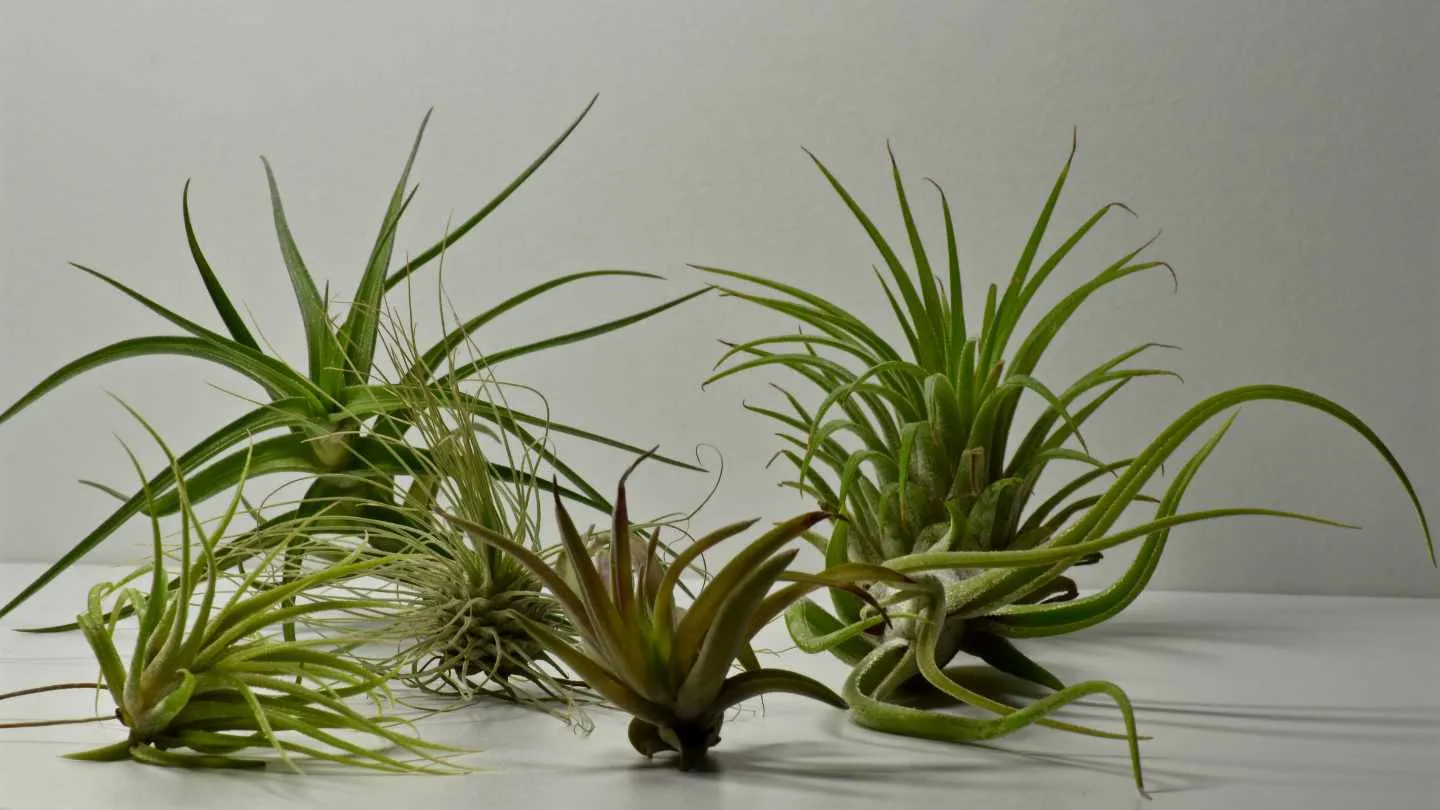
When attaching plants to driftwood, selecting the right plants and driftwood is essential. By considering a few key factors, you can ensure a harmonious and thriving arrangement that enhances the natural beauty of both the plants and the driftwood.
Tips for Selecting Healthy Air Plants:
1. Look for plants with strong roots: Healthy air plants should have well-developed roots that firmly anchor them to the driftwood. Avoid plants with weak or damaged roots, as they may struggle to establish themselves in their new environment.
2. Check for vibrant foliage: Choose air plants with lush, vibrant foliage. Avoid plants with yellowed or wilted leaves, as these may indicate dehydration or poor health.
3. Consider the plant's size and growth habit: Different air plant varieties have varying sizes and growth habits. Consider the available space on your driftwood and choose plants that will fit well and complement the overall arrangement.
4. Research light and temperature requirements: Each air plant variety has specific light and temperature requirements. Make sure to select plants that are suitable for the light conditions in your intended display area.
Factors to Consider When Choosing Driftwood:
• Size and shape: Consider the size and shape of the driftwood in relation to your intended display. Choose pieces that are proportionate to your air plants and will create a visually pleasing composition.
• Durability: Select driftwood pieces that are sturdy and well-preserved. Avoid pieces that appear rotten or fragile, as they may not provide a stable base for your air plants.
• Aesthetics: Look for driftwood with interesting textures, unique shapes, and attractive natural patterns. The right driftwood can enhance the overall visual appeal of your display.
• Consider compatibility with your air plants: When choosing driftwood, keep in mind the specific needs of your air plants. Some plants may prefer smaller crevices or branches to attach themselves to, while others may thrive better on flat surfaces.
Remember to provide adequate care and maintenance to ensure your air plants' long-term health and vitality on driftwood.
How to Mount Air Plants on Driftwood
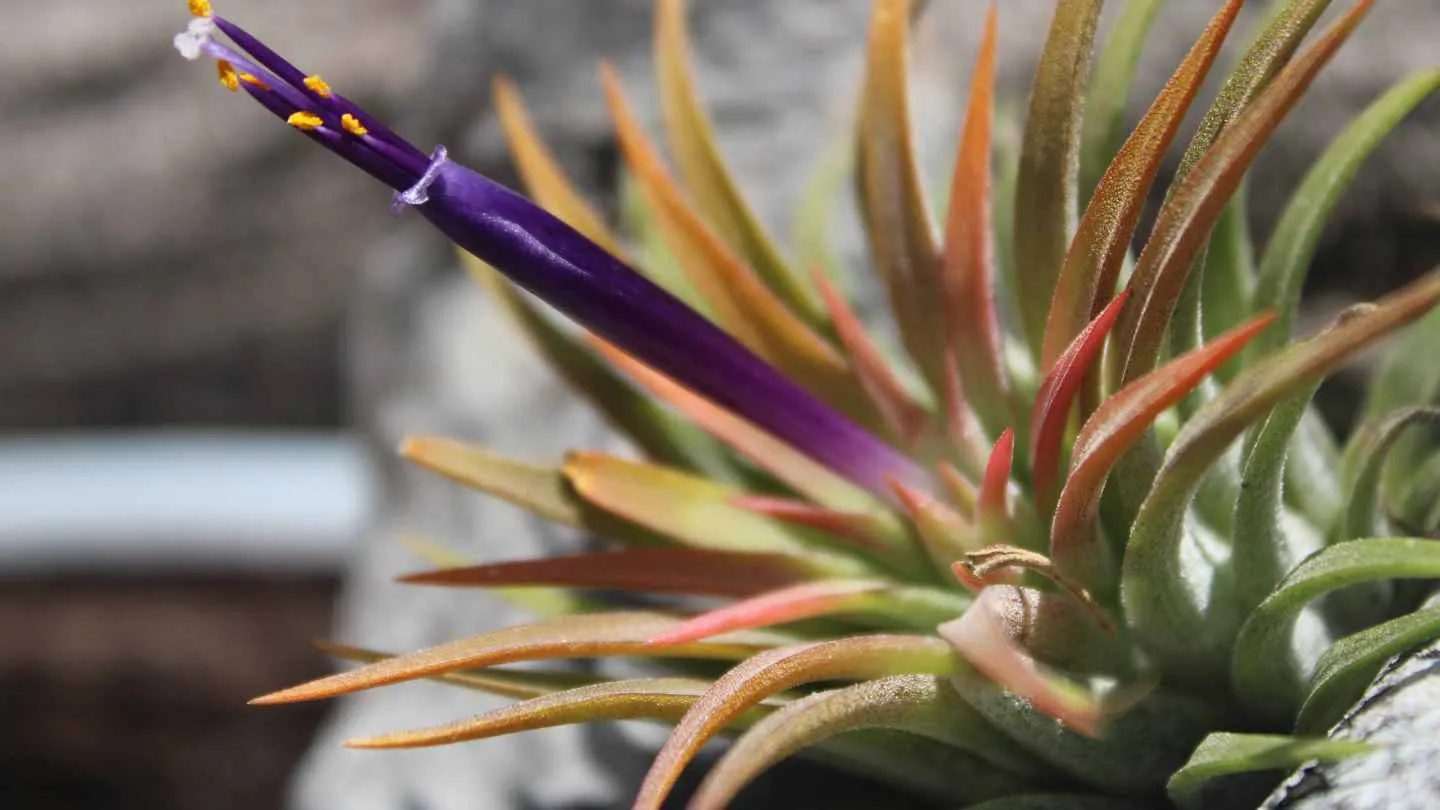
If you're ready to create a stunning display of air plants on driftwood, follow this step-by-step guide to ensure a secure and aesthetically pleasing arrangement. With the right tools and materials, you can easily mount your air plants on driftwood and showcase their natural beauty.
Tools and Materials Needed:
• Driftwood piece
• Air plants Wire or fishing line
• Hot glue gun or waterproof adhesive
• Pruning shears
Step-by-step Guide:
Prepare the driftwood: Start by cleaning the driftwood piece to remove any dirt or debris. If necessary, scrub the surface gently with a brush and rinse with water. Allow it to dry completely before proceeding.
Position the air plants: Arrange the air plants on the driftwood to determine the desired placement. Consider the shape and size of the driftwood, as well as the size and shape of the air plants. Experiment with different positions until you find a visually pleasing arrangement.
Secure the air plants: Once you've decided on the positioning, wrap wire or fishing line around the base of each air plant and attach it securely to the driftwood. Ensure that the plants are snugly in place but not overly tight, allowing room for growth and airflow.
Use adhesive for added stability: If desired, apply a small amount of hot glue or waterproof adhesive to the base of each air plant where it meets the driftwood. This additional step can provide extra stability and prevent the plants from shifting or falling off the driftwood over time.
Trim any excess wire or fishing line: Use pruning shears to carefully trim any excess wire or fishing line that may be visible or protruding from the arrangement. This will give your display a cleaner and more polished look.
Allow the arrangement to set: Once you've completed the mounting process, allow the arrangement to set and dry thoroughly. Avoid moving or disturbing the mounted air plants for at least 24 hours to ensure that the adhesive has been fully cured and the plants are securely attached.
With some creativity and the right tools, you can create a beautiful arrangement that showcases the natural charm. Now, you know how to put air plants on driftwood.
If you want the best driftwood for your air plants or any driftwood home decor you can contact us at (619) 400-9246 or message us here.
Caring for Air Plants on Driftwood
Proper care is essential for the health and longevity of air plants on driftwood. By following the right practices, you can ensure that your air plants thrive in their unique environment. Here are some key tips to keep in mind:
1. Light and Temperature Requirements: Air plants require bright, indirect light for optimal growth. Place your driftwood-mounted air plants near a window or in a well-lit area indoors. Avoid exposing them to direct sunlight as it can cause damage. Maintaining a temperature between 60°F and 80°F is ideal for air plants.
2. Watering Techniques and Frequency: Unlike traditional plants, air plants do not require soil. Instead, they absorb water and nutrients through their leaves. To water your air plants, you can mist them with water using a spray bottle or soak them in water for 20-30 minutes once a week. Ensure that the plants dry completely after watering to prevent rot.
3. Maintenance Tips for Healthy Air Plants: Regular maintenance is crucial for air plants on driftwood. Gently remove any dead leaves or debris from the plants to keep them clean and prevent the risk of pests. It is also recommended that good air circulation is provided by occasionally removing the air plants from the driftwood and placing them in a well-ventilated area for a few hours.
By following these care guidelines, you can enjoy the beauty of air plants on driftwood while keeping them healthy and thriving.
Growing Succulents in Driftwood
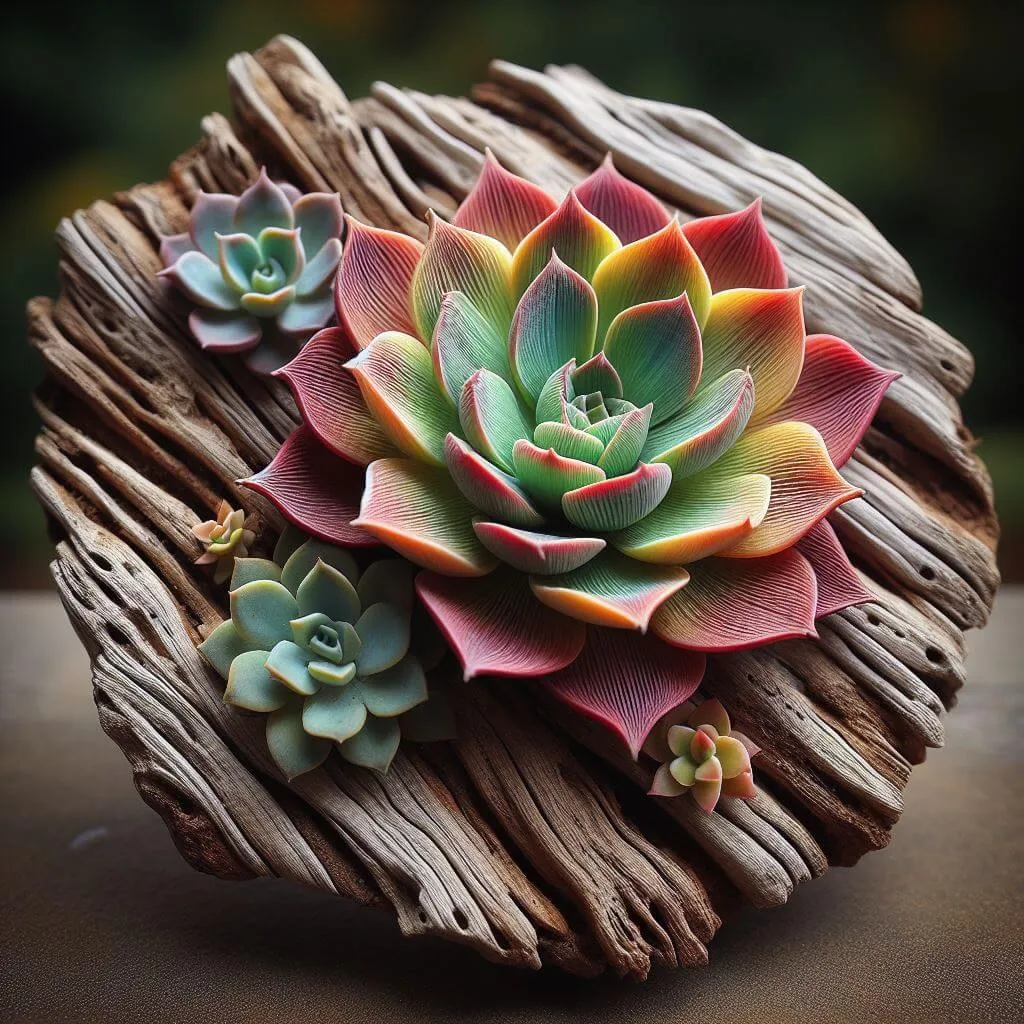
If you're seeking an alternative to air plants, why not try planting succulents in driftwood? This creative choice not only lets you display the stunning charm of succulents but also brings in the rustic allure of driftwood decor. Here's a step-by-step guide on how to grow succulents in driftwood:
1. Choose a suitable piece of driftwood: Look for driftwood with crevices and pockets where succulents can be planted. Consider the size, shape, and durability of the driftwood to ensure it can support the weight of the plants.
2. Prepare the driftwood: Clean the driftwood to remove any dirt or debris. You may also want to soak the driftwood in water to help remove any salt or impurities. Select the right succulents: Choose succulents that are well-suited for planting in driftwood. Opt for varieties that are known for their hardiness and drought-tolerant nature.
3. Plant the succulents: Carefully place the succulents in the crevices and pockets of the driftwood, ensuring they have enough space to grow. Use a well-draining soil mix specifically formulated for succulents.
4. Provide proper care: Succulents thrive in bright, indirect light, so place your driftwood arrangement in a location that receives adequate sunlight. Water the succulents sparingly, allowing the soil to dry out between waterings. Overwatering can lead to root rot.
5. Maintain your succulent driftwood: Regularly inspect your succulents for any signs of pests or disease. Remove dead or dying leaves to promote healthy growth. If the succulents outgrow their space on the driftwood, you can carefully remove and replant them.
Growing succulents in driftwood offer a unique and visually appealing way to display these plants. With proper care and attention, your succulent driftwood arrangement can become a stunning focal point in your home or garden.
Hanging and Mounting Options for Displaying Air Plants
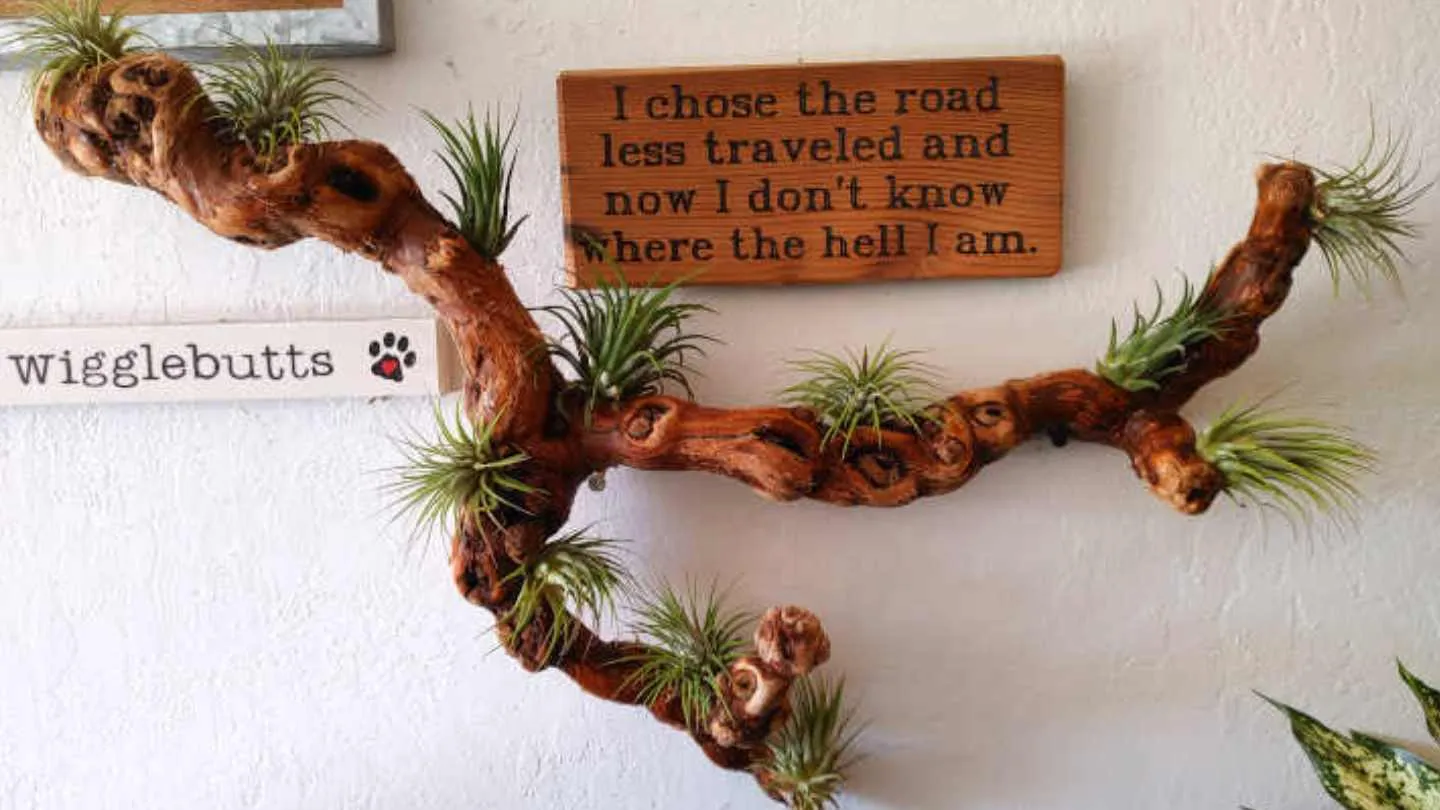
Image credit: Epic Gardening
When showcasing your air plants mounted on driftwood, there are endless possibilities to add a touch of creativity and style to your space. Here are some unique and inspiring ideas:
1. Air Plant Hangers: Consider using macrame hangers to suspend your air plants on driftwood. These intricate and stylish hangers provide a beautiful display and allow your air plants to cascade down, creating an elegant and eye-catching arrangement. Experiment with different knotting techniques and lengths to achieve the desired look.
2. Wall-Mounted Displays: Mounting the driftwood with air plants directly on the wall can create a striking focal point in any room. Use sturdy wall hooks or brackets to secure the driftwood, keeping it securely in place while showcasing the natural beauty of the arrangement. You can even install a wall-mounted shelf or shadow box to create a 3-dimensional display.
3. Driftwood Air Plant Holders: Get creative with how you display your air plants on driftwood by crafting unique holders. Carve out small pockets or notches in the driftwood to securely hold the air plants. This creates a seamless integration between the plant and the wood, enhancing the overall aesthetic appeal.
4. Tabletop Displays: If you prefer to have your air plants on driftwood closer to eye level, consider creating tabletop displays. Choose a flat piece of driftwood and place it on a decorative tray or dish. Arrange your air plants on the driftwood, adding decorative elements such as pebbles or moss to enhance the visual appeal.
Remember to choose a display option that complements your personal style and the overall ambiance of your space. Whether you opt for hanging, wall-mounted, or tabletop displays, the combination of air plants and driftwood is sure to add a unique and natural touch to your home or office.
Preventing Damage to Driftwood and Air Plants
Ensure the longevity and beauty of your air plant display on driftwood by choosing the right adhesive, practicing regular maintenance, and addressing any issues promptly.
Opt for non-toxic glue designed for air plants to securely attach them without harming delicate foliage and roots. After watering, remove excess moisture to prevent rot and fungal growth.
Keep an eye out for damage and decay, repair driftwood as needed, and replace unhealthy air plants. With proper care, your display will stay stunning for years.
ARE YOU INTERESTED IN DRIFTWOOD DECOR?
If you have projects that need driftwood ideas, don't hesitate to contact us.
© 2023 DB Texas Driftwood Artists
